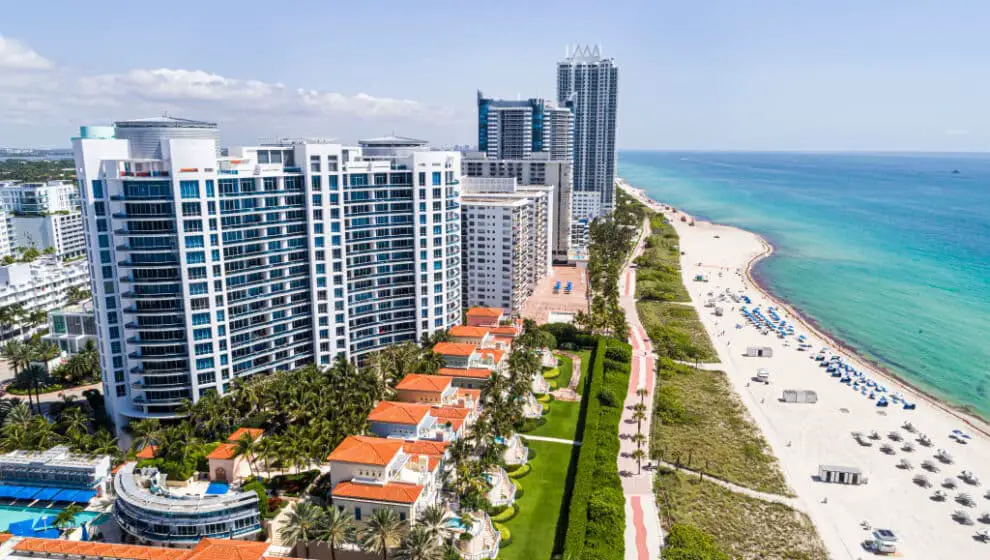As remote work leaves more office buildings empty, developers are finding creative ways to repurpose empty office buildings.
Key Details
- A spate of unused office buildings could be the solution to the ongoing housing shortage.
- Last year, office to apartment conversions were at a new high, and it seems the trend will continue.
- Apartment conversions aren’t just limited to office buildings. Unused warehouses, hotels, and more are being converted to living spaces.
Why it’s news
An affordable housing shortage is a problem plaguing many Americans. Reusing large, empty buildings could be a resourceful way to address the problem.
From 2020 to 2021, the total number of apartment conversions rose 25%, totalling near 28,000 overall conversion apartments.
Office buildings were the most popular choice for conversions. The number of office spaces converted rose 43% or around 11,090 apartments.
It is likely that these conversions will continue as 77,000 additional conversions are planned as developers prepare for a boom of apartment conversions in the near future.
The number of empty office buildings are likely to grow as businesses finish running out their leases on buildings. This means the number of potential conversions could also rise as building owners try to find a new source of income.
Conversions may take time as zoning regulations and construction costs could deter potential developers.
However, large cities like New York, Los Angeles, and Chicago are looking ahead at the potential for apartment conversions. The cities are discussing ways to relax regulations and incentivize conversions, Axios reports.
If cities are able to incentivize property owners to convert their buildings, cities could be one step closer to solving the housing shortage.
Backing up a bit
Rental demand is dropping as renters hit a tipping point with the high price of living, forcing landlords to cut back on record high rents.
This move is a sudden change from just a few months ago when prospective tenants were scrambling to find any rental at all. Now, applications for rentals are decreasing.
Renters struggled to find affordable housing just a few months ago. Landlords hiked up prices due to a combination of greater expenses and high demand.
The high rental demand was in part caused by low housing inventory. Potential homebuyers were unable to find a home in their budget, pushing them toward rentals. As more renters flooded the market, rentals became scarce.
One cause for the drop in demand is younger people choosing to stay at home rather than strike out on their own. Without affordable housing, it can often be the most cost-effective option. Some are also choosing to have multiple roommates.
Rents are down from their peak at the beginning of this year, but prices still increased 7.5% from September last year, Apartment List found. Typically, rental demand decreases this time of year, but the preliminary data shows a more dramatic drop than typically expected.
Rental prices aren’t just a concern for those apartment hunting. Those currently renting have cause to worry about potential increases. While homeowners can expect to pay the same amount over long periods, renters may see a yearly increase.
